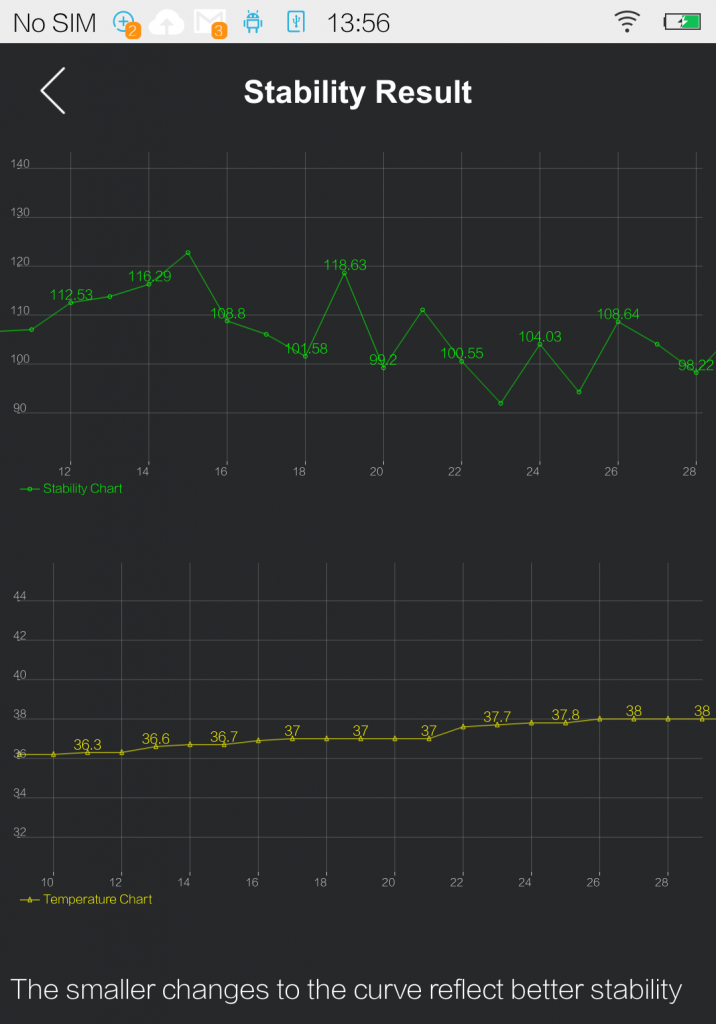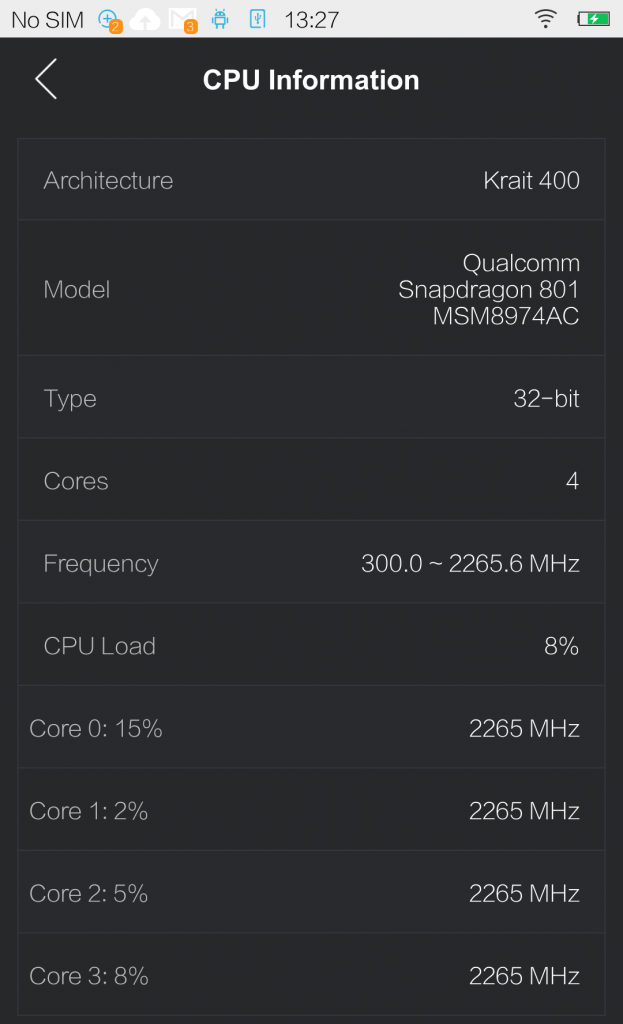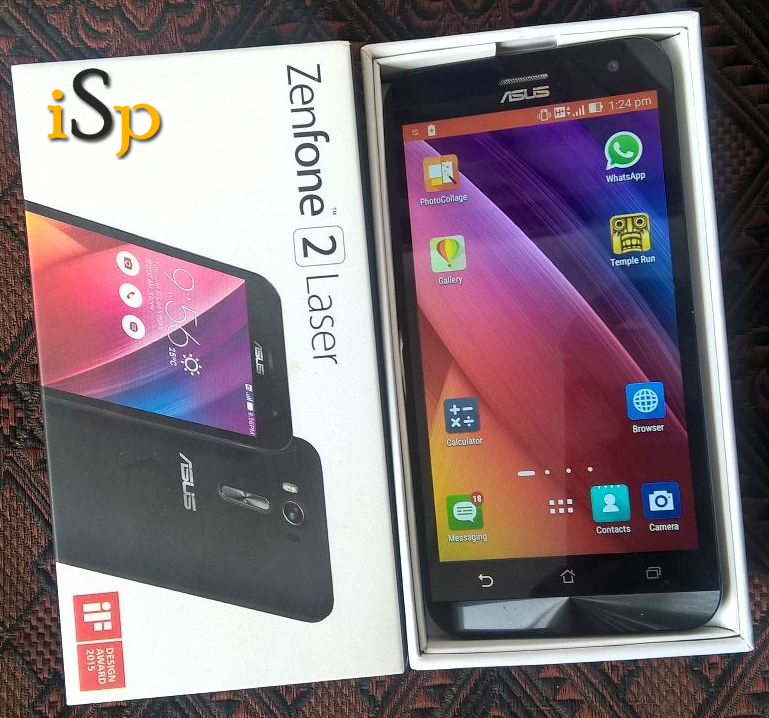vivo Xshot: An Endearing Yet Expensive Oddity! – Benchmarking And Performance Review
by March 25, 2015 4,407 views5
vivo is a fledgling smartphone company and just like a number of other brands they are trying to make inroads into one of the most potentially lucrative markets in the world – India. Today we are going to put the vivo Xshot, vivo’s camera centric offering, to test by benchmarking its scores against some of the best performers in the market. We tested this smartphone for performance and stability and this performance review covers an analysis of its performance benchmarking scores to CPU component.
Before we delve deep into the vivo Xshot’s performance scores let’s take a quick look at the specs on-board this smartphone.
vivo Xshot – Specifications
The vivo Xshot comes with a 5.2 inches display and a pixel density of 424 PPI. This display is an IPS LCD Capacitive touch screen. Its battery packs a decent punch at 2600 mAh. The chipset is the Qualcomm MSM8974AA Snapdragon 801 and the processor on-board is a Qualcomm 2.26 GHz quad-core processor. The vivo Xshot comes with 2GB of RAM and an internal memory of 16GB, expandable up to 128 GB.
The vivo Xshot is powered by the Funtouch OS 1.2 which is based on the Android 4.3 Jelly Bean version. This is a camera centric offering from Vivo Mobile and therefore the camera on the device boasts of a 13 megapixel primary camera and an 8 megapixel seconday camera with LED flash. Here are some detailed specs on the vivo Xshot.
vivo Xshot: Benchmarking
Now let’s have a closer look at the benchmarking scores of the vivo Xshot to determine where the Xshot ranks compared to its competitors. All benchmarks in this review have been derived using the AnTuTu Benchmark.

The vivo Xshot scored an impressive overall score of 41, 814. This score is actually closer to some of the best performing smartphones in the market. Below is an image that shows where the vivo Xshot ranks among its peers.
As the scores suggest the vivo Xshot comes pretty close to Samsung’s previous flagship the Galaxy S5 and Xiaomi’s current flagship the Mi4. It is also within an arm’s distance of the HTC One M8. While these smartphones have been among the best selling smartphones in their categories the vivo Xshot would do well to sell as many units as some of these brands because vivo is still a new entrant in the Indian market and remains a relatively unknown entity for most consumers.
The vivo Xshot comes with a decent 2600 mAh battery and did pretty well despite being subjected to high Internet usage and extended gaming sessions. Although the AnTuTu benchmark indicated that this smartphone has an average battery performance, the prediction that it would surpass 50% of the devices currently available in the market augurs well for this device.
vivo Xshot: Camera Performance
As the name suggests the vivo Xshot is a smartphone billed as a high quality camera phone. We tested it around and it certainly didn’t disappoint us in that regard. The phone comes with dozens of interesting camera features.
Have a look at the screenshot below and you will get an idea of just how good the camera on the vivo Xshot really is.
The camera on the Xshot comes with a Sony Stacked CMOS sensor and Optical Image Stabilization technology giving the images clicked a brilliant pixel state and the ability to adjust to user-defined focus when the user moves the camera in the propinquity of the object which is to be captured.
vivo Xshot – Multitasking
When a smartphone’s performance is put under the scanner one of the factors that most companies fret about is the device’s multitasking performance. A smartphone that allows multitasking must justify the feature by ensuring little to no lag during multitasking activities.
I tested this performance metric by playing a video and enabling other applications at the same time and shuffling between them to ensure all active applications consume CPU load. To its great credit the vivo Xshot did not lag even once, allowing all programs to run smoothly concurrently. That says a lot about the chipset, the RAM, the processing power, and the CPU architecture (Krait 400) of the device.



vivo Xshot – Stability Test
Probably the most important measure of performance is a device’s ability to maintain acceptable stability metrics when CPU load increases and the applications cause the temperature of the device to soar. That is why I ran the vivo Xshot through a stability test.
The stability of a device is measured by comparing the rise in the device’s temperature to the stability curve. Each crest and trough in the stability curve is relative to a crest and trough of a temperature curve. The key here is that smaller changes to the stability curve are indicators of better stability.



If you observe the changes to the stability curve from Stability Result 1 to Stability Result 3 you would realize that with rise in temperature the vivo Xshot experiences quite a bit of fluctuation. There are instances in these charts that show marked changes to the curve which is a clear indication that even though the vivo Xshot stabilizes eventually it is not the most stable performer.
While these results are not indicative of a major drawback, if the device experiences similar changes throughout on a regular basis it stands the risk of deterioration in performance much sooner compared to some of its competitors.
While the vivo Xshot is a quality product, at Rs. 28,481, its price isn’t very Indian consumer friendly given the specs it boasts of. It is an endearing yet expensive oddity that consumers would love to own, but only if it was about half its current price. It is no secret that brands like Xiaomi and OnePlus One currently offer superior performing smartphones at much more affordable prices compared to the vivo Xshot and for vivo to outperform its competitors in sales a rethink in its pricing strategy is a mandate.













